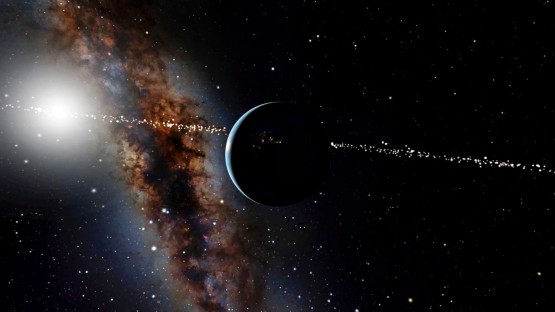
Earth Transit Zone
There are several methods currently used by astronomers to detect distant exoplanets from Earth. As well, some of these same methods, theoretically at least, may be used to detect the Earth as an exoplanet from distant star systems. In June 2021, astronomers identified 1,715 stars within 326 light-years that have a favorable positional vantage point—in relation to the Earth Transit Zone—of detecting Earth as an exoplanet transiting the Sun since the beginnings of human civilization; an additional 319 stars are expected to arrive at this special vantage point in the next 5,000 years. Seven known exoplanet hosts, including Ross 128, may be among these stars. Teegarden's Star and Trappist-1 may be expected to see the Earth in 29 and 1,642 years, respectively, according to the astronomers. Radio waves, from humans, have reached over 75 of the closest stars that were studied.
